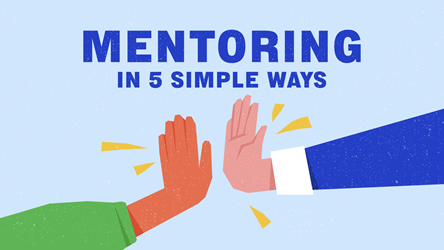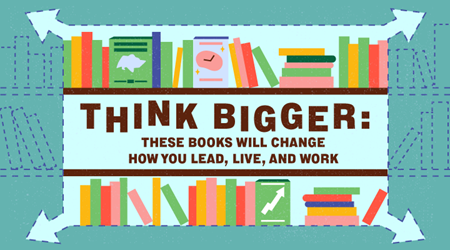How Writing Helps Us Remember
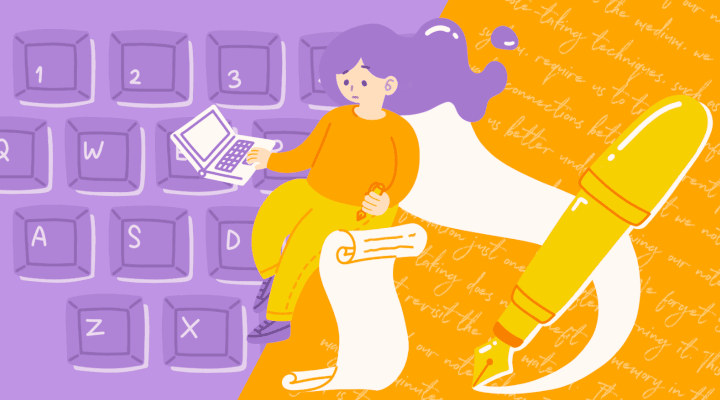
Typing is one of the quickest methods of note-taking, letting us record as quickly as possible so that we can focus on listening.
Although typing helps us capture more information, research has shown that this often means we remember and understand less of what we record. A 2014 study found that students who took notes by typing did not understand and apply the concepts as well as their peers who took handwritten notes. They also remembered less of the material than their peers.
One reason for this is that writing forces us to slow down. In a webinar hosted by the National Library Board on smart note-taking, author Dr Sönke Ahrens explains: “When we know that we can’t copy everything we hear, we force ourselves to focus on the gist. [To do this] we have to translate it into our own words.”
Quick Tips To Remember Better
1. Engage in active recall. This is a method commonly used by students, where you create questions and answers based on a topic, then repeatedly test yourself on those questions – for example, by using flashcards.
2. Practise spaced repetition. Revisit your notes regularly, but also space out your revision sessions over time.
3. Try “chunking”. Separate the new information into digestible segments so that they are easier to remember.
4. Use acronyms. They are a type of mnemonic device, which are memory techniques that help us recall and retain information better.
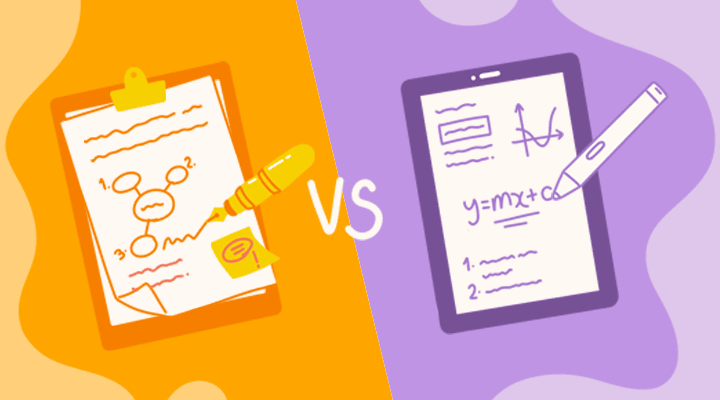
Paper or Tablet?
Today, technology allows us to take notes by hand on devices such as tablets. If writing is better than typing, does the material – paper (or the lack of it) – make a difference?
One Japanese study found that students who wrote in a paper notebook scored better on a memory test as compared to the notetakers who used tablets and smartphones.
Some possible reasons for this are the tactile and spatial properties of writing on paper. Paper provides more fixed cues for memory recall, such as visualising where specific information is located on a page, or the notes we write in the margins.
Digital Alternatives to Paper
1. Note-taking Apps
Today, a stylus pen can turn almost any touchscreen device into a notebook. Note-taking apps make the writing process even more efficient and organised.
Some apps have a lasso feature so you can move around sections on a page. Others offer a search function, or let you convert your handwriting to text. For iPad users, GoodNotes 5 is highly recommended. For Android users, try Noteshelf or Flexcil.
2. E-ink Tablets
These are suitable for anyone who wants a traditional handwriting experience but does not like regularly spending on notebooks. Unlike regular tablets, e-ink tablets do not use a backlight and do not create glare. Instead, their screens reflect light from surrounding light sources – much like paper. Brands sold in Singapore include Onyx Boox and the Kobo Elipsa.
3. Smart Notebooks
These combine the texture of paper with the benefits of digital note-taking. Some smart notebooks come with smart pens that digitally record your notes as you write. Others are reusable, allowing you to simply wipe the notebook after filling it up. The Rocketbook brand is available at Popular bookstores and online retailers.
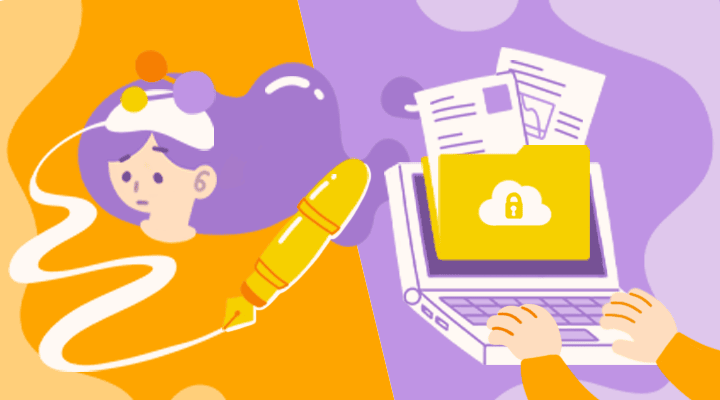
Write To Retain, Type to Record
The effectiveness of our note-taking may depend on the method, rather than the medium, we use to record our notes. Many note-taking techniques, such as mind mapping and the Cornell system, require us to translate information into our own words and make connections between different pieces of information. This helps us better understand what we note down, instead of merely scribing or recording.
Reviewing our notes is also an important part of the retaining process. We forget 50% of new information just one hour after learning it. This means that good note-taking does not benefit our memory in the long run if we do not revisit the new material.
It is also important to look at the context of our note-taking. In work meetings, for example, we may take minutes simply to jot down discussion points. When our main goal is to record rather than to remember, methods such as mind mapping may not be necessary, and simple verbatim note-taking may suffice.
Ultimately, whether writing or typing is better depends on what you want to achieve. Look at the aim of your note-taking, then choose the best method and medium to fulfil it.

To get more stories like this, subscribe to the Challenge newsletter or follow the Challenge Telegram channel.
- POSTED ON
Sep 7, 2022
- TEXT BY
Hidayah Md Sham
- ILLUSTRATION BY
Yu En




